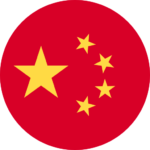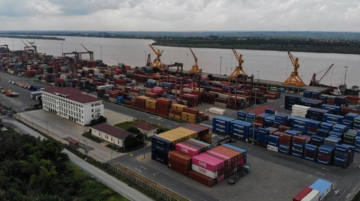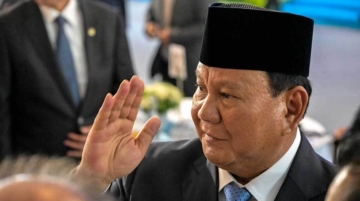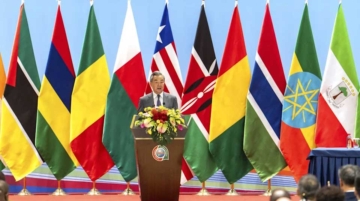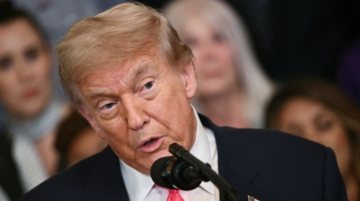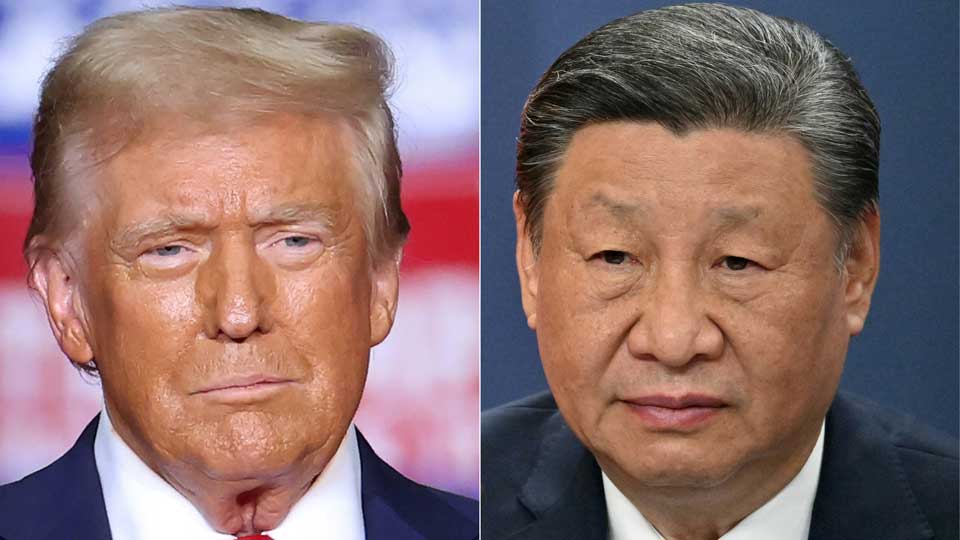
The U.S. is ramping up pressure on Southeast Asia to curb the flow of Chinese-made goods rebranded through regional supply chains, with all four key countries scrambling to finalize bilateral concessions ahead of a July 8 tariff decision.
Vietnam and Thailand are edging closer to deals that hinge on origin-tracing and market access exchanges, while Indonesia is still actively shaping its offer. Cambodia, the most vulnerable, is banking on phased relief.
At the heart of Washington’s demands is a clear ultimatum: prove that Chinese components aren’t being rerouted through Southeast Asian countries under false labels, or face painful consequences.
If no agreements are signed and published in the U.S. Federal Register, suspended tariffs, ranging from 32% to 49%, will automatically snap back.
The U.S. Policy and Approach
The U.S. is stepping up enforcement on rerouted Chinese goods entering the United States via Southeast Asia, with a growing focus on verifying the true origin of imports and closing tariff loopholes. Four key elements of Washington’s current approach:
- Country-of-Origin Verification
Importers must now prove that goods shipped from countries like Vietnam or Malaysia have undergone substantial transformation, not just relabeling or minor assembly, to qualify as non-Chinese. - Section 301 Tariff Tracing
Products suspected of being Chinese in origin, even if shipped from Southeast Asia, remain exposed to punitive China tariffs of up to 145% under Section 301 schedules. - Retroactive Penalties and Seizures
Violations of origin rules may trigger retroactive duties, fines, or port seizures, raising the risk profile for firms relying on transshipped goods. - FTA Scrutiny and Audit Intensification
Goods claiming preferential access under the U.S.-Vietnam or U.S.-ASEAN trade frameworks are now subject to tighter audits and documentation demands, especially for tech, textile, and electronics shipments.
U.S. Tariff Impacts on Southeast Asian Supply Chains
- Southeast Asian exporters face a stricter compliance environment as the U.S. links tariff relief to verifiable supply chain transparency ahead of its July 8 policy reset.
- Southeast Asian manufacturers that rely on Chinese-origin materials are now required to disclose both the source and the transformation process of those inputs.
- U.S. importers are under mounting pressure to audit suppliers and reevaluate production footprints to avoid legal and financial risks.
- Products without clear traceability may lose tariff preferences, even if final assembly occurs within Southeast Asia.
The Stakes
The pressure comes amid a surge in Chinese exports to Southeast Asia, feeding suspicions in Washington that Chinese firms are rerouting goods through Southeast Asian countries to dodge existing U.S. tariffs.
Real-time data sharing, tighter origin verification, and reduced use of Chinese high-tech components are now top conditions in ongoing negotiations.
The tariff threat comes as Southeast Asian economies struggle with slowing growth, rising unemployment, and record-high import bills from China.
Vietnam: U.S. Demands Tech Decoupling, Data Access
- The U.S.: In Washington last week, U.S. negotiators handed Hanoi “tough” demands, including phasing out Chinese tech inputs in exports to the U.S.
- The problem: Apple, Samsung, Meta, and Google depend on Vietnamese factories that are reliant on Chinese-made parts.
- In May, Vietnam imported a record $17.3B from China and posted a $12.2B U.S. trade surplus.
- The risk: A 46% U.S. tariff could return on Vietnam-made tech.
- The response: Vietnam is working with local firms to localize inputs. But businesses warn of risks to supply chains and ties with China, Vietnam’s top supplier ($76.8B imports vs. $35.0B exports in January–May).
Indonesia: Offers U.S. $10B Energy Deal
- The offer: Indonesia is offering $10B in U.S. crude, fuel, and LPG buys to avert a 32% tariff.
- At home: January–May trade deficit hit $4.0B as Chinese imports surged to $33.4B, exports to China at $ 29.0 B.
- Denial vs. reality: Trade Minister Budi Santoso denies that redirected Chinese goods are to blame. Unions and economists cite cheap imports destroying local industry.
- Impact: At least 60,000 jobs lost in early 2025. Think tanks warn of 280,000 job losses by year-end if tariffs return.
- Next steps: Indonesia will no longer send a delegation to the US for tariff negotiations as its proposal to Washington has already been deemed sufficient. Indonesia said Jakarta remains open to talks on “tariffs, digital trade, and security” after meeting U.S. officials in Paris.
Thailand: Last-Minute Push
- What’s new: Thai officials met USTR on June 18 and pledged a complete offer by Friday to avoid a 36% tariff.
- U.S. focus: USTR outlined five priorities: tariffs, non-tariff barriers, digital trade, rules of origin, and national security.
- Previous offer: A one-pager proposing U.S. beef/LNG purchases, Boeing and weapons buys, and tariff easing.
- The deficit: $21.1B China trade deficit in January–May (imports $41.6B, exports $20.5B). May alone: $5B imports, $3.6B deficit.
- Domestic strain: 100 factories closing per month since 2021. But May U.S. exports surged 35% as exporters raced against the deadline.
- Quote: Vuttikrai Leewiraphan expressed hope for a cap at 10% if progress is shown.
Cambodia: High Stakes, First Formal Talks
- Start of talks: First round mid-May, second in early June.
- Facing the region’s highest potential tariff: 49%.
- Primary concern: Garment and footwear exports, 38% of Cambodia’s trade.
- Concessions: April tariff cuts on 19 U.S. product lines—from 35% to 5%.
- Cambodia’s exports to the United States exceeded $4.3 billion between January and May 2025, marking a 27 percent increase.
- Compliance: Two April 30 rules to enforce origin transparency.
- Impact: Moody’s downgraded Cambodia’s outlook to “negative” on tariff risk.
China: Trade Footprint Surges in ASEAN
- Regional dominance: January–May 2025 China–ASEAN trade hit $420.5B (+9.1% YoY), surpassing China–EU and China–U.S.
- Shift in exports: Over 16% of China’s exports now go to Southeast Asia (EU 14%, U.S. 11%).
- Driver: Over 65% of China’s exports are from private firms, eyeing Southeast Asia for looser regulations and lower costs.

